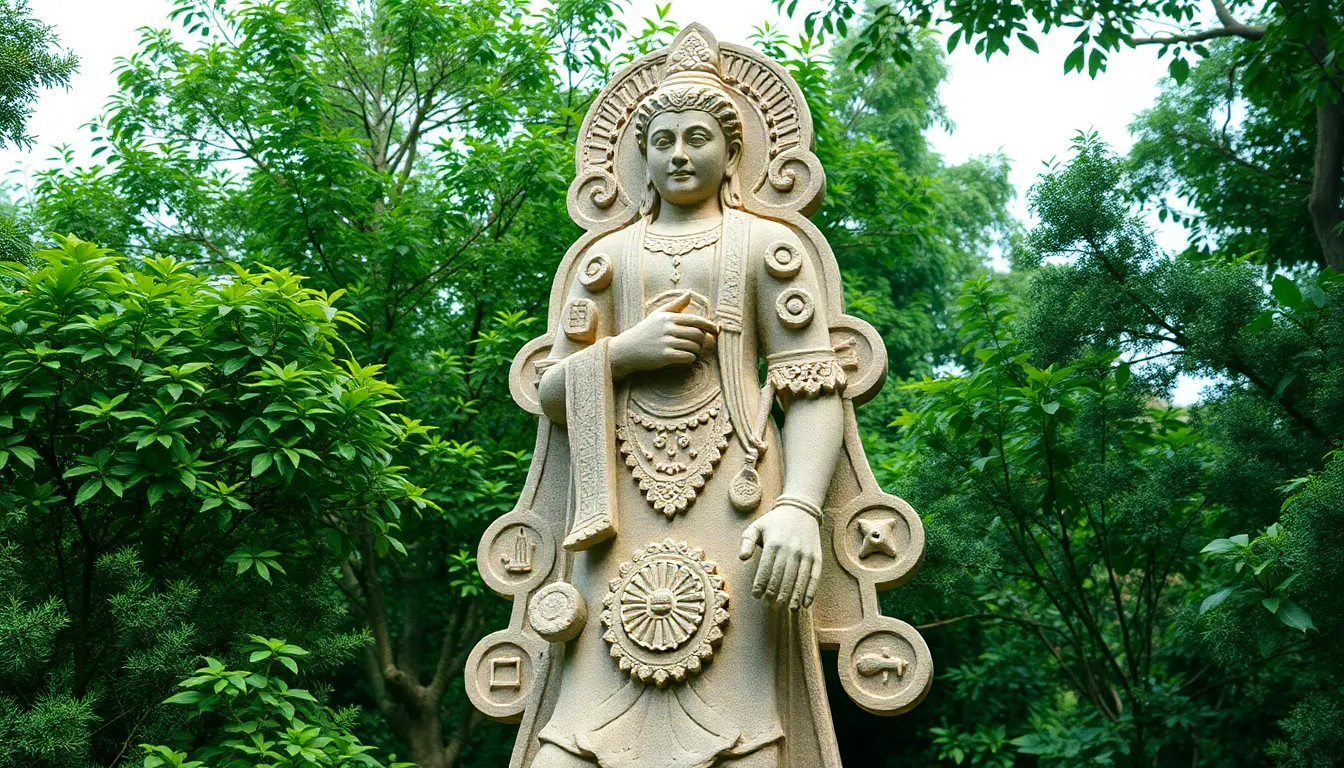Table of Contents
ToggleIn a world overflowing with distractions and fleeting trends, the “idol of oblivion” stands out as a curious phenomenon. It’s not just another catchy phrase; it’s a reflection of society’s love affair with forgetting. Imagine a statue that embodies the art of letting go—of worries, regrets, and that embarrassing dance move from last Saturday night.
This concept invites people to embrace the chaos of modern life while laughing at the absurdity of trying to remember every little detail. It’s a cheeky reminder that sometimes, the best way to move forward is to blissfully forget the past. So, buckle up as we dive into the whimsical world of the idol of oblivion, where forgetting isn’t just an option—it’s an art form.
Overview of Idol of Oblivion
The idol of oblivion represents a cultural phenomenon where society embraces selective memory. This symbol manifests in various forms, including art, literature, and media, reflecting a collective desire to forget adversity. Trends often overshadow deeper issues, causing individuals to overlook significant events or lessons from the past.
Cultural artifacts highlight this tendency. Literature and films such as “Slaughterhouse-Five” and “Eternal Sunshine of the Spotless Mind” explore themes of forgetting, underscoring that memory shapes identity. These works illustrate how characters grapple with their past while seeking to shed burdens.
Psychologically, forgetting can serve as a coping mechanism. It allows individuals to detach from negative experiences, fostering emotional recovery. Research indicates that the brain sometimes prioritizes processing positive experiences over negative ones, supporting this natural inclination toward oblivion.
Social media feeds contribute significantly to this phenomenon. Endless streams of content encourage momentary engagement and distraction. The rapid pace often leads to superficial interactions, resulting in deeper issues becoming obscured.
People engage with the idol of oblivion in everyday life. They often find humor in the unexpected, discovering that laughter can lighten the weight of regret. This discovery of joy in chaos affirms the belief that sometimes, moving forward requires embracing the ability to forget.
The idol of oblivion reflects society’s complex relationship with memory and forgetting. The continual exploration of this concept in various forms reinforces its relevance today.
Historical Significance

The idol of oblivion holds profound historical significance, tracing back through various cultures. This concept encapsulates societal views on memory and forgetting, emphasizing how these dynamics shape human experience.
Origins and Cultural Context
The origins of the idol of oblivion can be found in ancient civilizations. Greek mythology illustrates themes of forgetfulness through figures like Lethe, the river of forgetfulness. Literature from diverse cultures often mirrors this concept, showcasing characters that grapple with the implications of memory. In Eastern philosophies, the notion of detachment aligns closely with the idol’s message, suggesting that letting go of past attachments leads to enlightenment. Such cultural context reinforces the idea that forgetting can empower individuals.
Evolution Through Time
Through time, the idol of oblivion has transformed alongside societal developments. The rise of modern psychology identified forgetting as a pivotal coping mechanism. In literature, works like “Slaughterhouse-Five” and films such as “Eternal Sunshine of the Spotless Mind” depict characters embracing the necessity of forgetting. Social media accelerated this evolution, promoting immediate engagement over sustained reflection. As society increasingly navigates the digital age, the idol of oblivion evolves, reflecting changing attitudes towards memory and identity.
Symbolism and Meanings
The idol of oblivion carries profound symbolism, representing society’s intricate relationship with memory and forgetting. It manifests in various forms, reflecting deeper cultural narratives.
Representations in Art and Literature
Art and literature frequently depict the idol of oblivion’s themes. Novels like “Slaughterhouse-Five” illustrate characters navigating the struggles of memory and trauma. Films such as “Eternal Sunshine of the Spotless Mind” portray the desire for emotional liberation through forgetting. These creative expressions reveal a collective fascination with how oblivion shapes identity and experience. Furthermore, visual art often captures the transient nature of memories through abstract representations, emphasizing that forgetting may offer solace in an overwhelming world.
Philosophical Implications
Philosophical discussions surrounding the idol of oblivion offer significant insights. Ancient Greek philosophies highlight forgetting as essential for personal growth and enlightenment. Eastern traditions advocate for detachment from the past, suggesting that liberation from memories fosters peace. Modern psychology recognizes the role of forgetting as a coping strategy, emphasizing its necessity in navigating trauma. These philosophical frameworks reinforce the notion that embracing oblivion can lead to a more balanced human experience, connecting past, present, and future.
Modern Interpretations
Modern interpretations of the idol of oblivion reflect its relevance in today’s dynamic cultural landscape. Many artists and writers explore themes of forgetting and memory, providing fresh perspectives.
Idol of Oblivion in Popular Culture
The idol of oblivion permeates various forms of entertainment, including films, music, and literature. Movies like “Eternal Sunshine of the Spotless Mind” illustrate characters grappling with painful memories while seeking solace in oblivion. Literature often mirrors these struggles, with novels showcasing protagonists who embrace forgetting as a means of coping. Popular songs also delve into the desire to let go, capturing feelings of liberation amidst chaos. Through these mediums, society interacts with the concept of oblivion, continually redefining its value in modern life.
Criticism and Controversy
Critics argue that the idol of oblivion promotes unhealthy attitudes toward memory and trauma. Some suggest that embracing forgetfulness may undermine the importance of learning from past experiences. A disconnect from history can lead to a lack of accountability in society. Debates arise over the extent to which forgetting acts as a coping mechanism versus a form of escapism. Scholars and psychologists emphasize the balance between remembrance and oblivion, encouraging deeper engagement with personal and collective histories. The discussion surrounding this idol showcases the complexities related to memory and its impact on identity and culture.
The idol of oblivion serves as a powerful reminder of society’s intricate dance with memory and forgetting. As individuals navigate the noise of modern life they can find liberation in the act of letting go. Embracing this concept allows for a healthier perspective on both personal and collective histories.
While the allure of forgetting can provide temporary relief it’s essential to recognize the value of remembrance. Striking a balance between these forces fosters growth and understanding. Ultimately the idol of oblivion encourages a deeper exploration of how memory shapes identity and influences cultural narratives. By acknowledging the complexities of forgetting individuals can engage more meaningfully with their experiences and the world around them.




